This post was inspired by a presentation I heard recently. The speaker was a professional photographer who shared his images and ideas, including his disdain for photography competitions. I guess I felt the need to justify my interest in them. As a well-established professional his images are well-known and generally well received. He doesn’t need competition successes to promote his work, or to view catalogues for inspiration.
I began entering competitions in a quest to improve my images; I am not a competitive person but I love learning and am keen to create the best images I can. At club level visiting judges give feedback on images that are anonymous unless given an award. I found it valuable to listen to judges’ ideas about composition, focal points and how bright areas can distract from an image. Then I began entering national and international competitions which are open to professionals and amateurs, where there is no feedback other than rejection, acceptance and awards.
Technical excellence can help create a magnificent image but it doesn’t guarantee one, and following the rules about composition can help create a magnificent image but so can breaking those rules. Images in this series were taken with a Canon 7D, a Canon 5DIII or a 7DII. Some images I’ve shared in earlier posts, all have received acceptances and/or awards.
Australasian Darter – Backlit Beauty
The Australasian Darter above was one of my earliest successes; it gained many acceptances and several awards. The darter was drying its wings while perched on a branch that had fallen across a creek, I had taken a few shots and was just leaving when it stretched its long neck and began its harsh, vibrating ‘ka ka ka ka kah’ call. The stretch meant that its head became backlit by the morning sun. When I began shooting, the far side of the creek was bright and distracting so I moved a few metres and was able to use dense shadow as the background.
Rainbow Lorikeet – Portrait of a Rainbow
Accredited competitions are generally divided into various sections such as Landscape, Portrait, Nature, Creative, Open Colour and Open Monochrome. There are numerous possible categories but competitions accredited by Federation Internationale de l’art Photographique (FIAP) offer a maximum of six categories. The other major association that oversees international salons is the Photographic Society of America (PSA) while national competitions are accredited by the Australian Photographic Society (APS). Up to four images can be entered in each section; about 75% of images entered are rejected, about 25% are accepted and are exhibited by the organising club, and a small percentage are given awards. Beware of competitions that affect copyright of images.
Eastern Yellow Robin – I Spy
The Eastern Yellow Robin above is one of my favourite early images. I was pleased with the blurred background, the way the perch created a leading line and the fact that the robin’s pose is different from the kind I usually capture.
Red-tailed Tropicbird – Celestial
Accredited competitions create catalogues that generally include the award winning images along with a selection of accepted images. These catalogues include online catalogues, CDs, and printed catalogues that range from basic books to grander publications.
Providence Petrel – Providence Petrel
The image above gained my first international award, in Sweden. I feel a deep soulfulness when I look into the eyes of this bird.
Sometimes images that I care about don’t score brilliantly, and some of the salons make that public. I’ve learned not to enter images when I’m still in the honeymoon period, buzzing with the excitement and effort of capturing the image and too emotionally attached to be as objective/realistic as I should be when making selections for competitions.
Black Swan cygnet – Serenity – colour and monochrome
The cygnet above isn’t technically perfect, the shot I took just before the drip dropped is sharper (isn’t it always the way) but the cuteness factor has meant this image has gained acceptances and awards.
The gulls above were taking off en-masse when hassled by a Peregrine Falcon. Surprisingly the image has received international awards, maybe it’s because we don’t often get the chance to look down on a flock of gulls.
Silver Gull – Flying High
Flying High has been adapted for monochrome categories and has done reasonably well but I prefer the colour version.

Brown-backed Honeyeater – Brown-backed Honeyeater
Most of my success is in Nature and Wildlife categories that have strict rules including that during post-processing nothing can be added, nothing can be removed except by cropping and all adjustments must look natural. Those restrictions suit me perfectly as I’m not adept with Photoshop and I like knowing that nature/wildlife shots depict subjects realistically.

Helmeted Honeyeater – Helmeted Honeyeater
Helmeted Honeyeaters are critically endangered and the last remaining pairs live in a restricted area in Victoria, east of Melbourne: this is one of the wild birds. When being judged it makes absolutely no difference whether the species is rare, or whether you’ve stood on a cliff top to capture the image (as with Celestial above) or whether it’s a common species that joins you on your picnic – it’s all about the impact your image makes on the judges. Impact itself is high on their list but judges also look for overall image quality including focus, depth of field, composition and story-telling. Whether its an endangered species or a sparrow, whether it’s a resting pelican or a tiny hyperactive fairy-wren is irrelevant.

Superb Fairy-wren – Changing Colours
Even though the honeymoon period is well and truly over with the image above it is still one of my favourites.
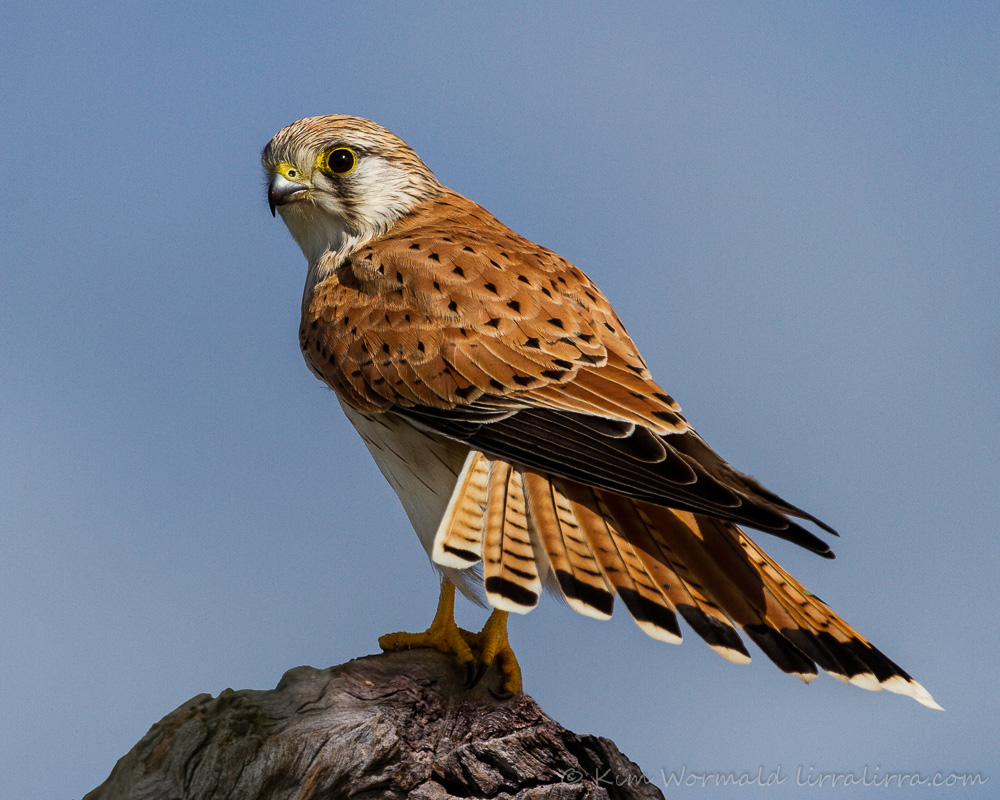
Nankeen Kestrel – Nankeen Kestrel
If you’ve got this far you’d have noticed that I’m often pretty boring when naming my images. All images need to have a title with a limit on the number of characters used. With images in the nature/wildlife categories they sometimes want titles to accurately reflect the species, which can be difficult when the number of characters is limited to between 20 and 35 and you may have multiple images of the same species which all need unique titles. Chestnut-breasted Mannikin, for example, is already over the character limit for some competitions. The image above has done well with acceptances and has received multiple awards.
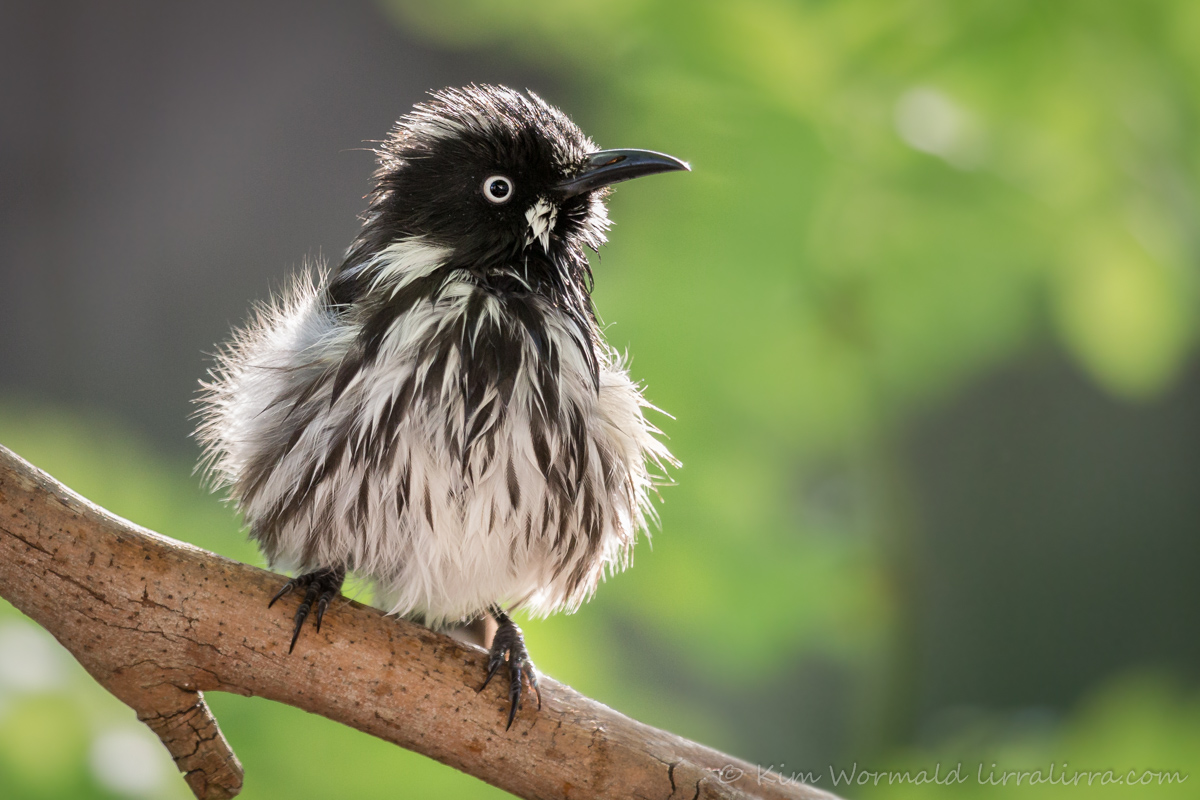 New Holland Honeyeater – New Holland Honey
New Holland Honeyeater – New Holland Honey
This little honeyeater has one of my highest acceptance rates and has been awarded. I think I’m too critical about some images, focussing too much on image quality and not enough on other factors. I’m starting to take more images that include the bird’s environment while keeping detail in the bird’s eye and feathers. Something I particularly like about bird photography is that I never know what the day will bring, perhaps I’ll get a shot that makes my heart sing or maybe I’ll get a heap of rubbish and be glad that I love birding with or without an image.
Silvereye – Guarding the Fig
Sometimes competition results are inexplicable, like the image above that received an award at its first competition but not even an acceptance after that. Maybe I should try it somewhere else as even my highest scoring images receive some rejections.
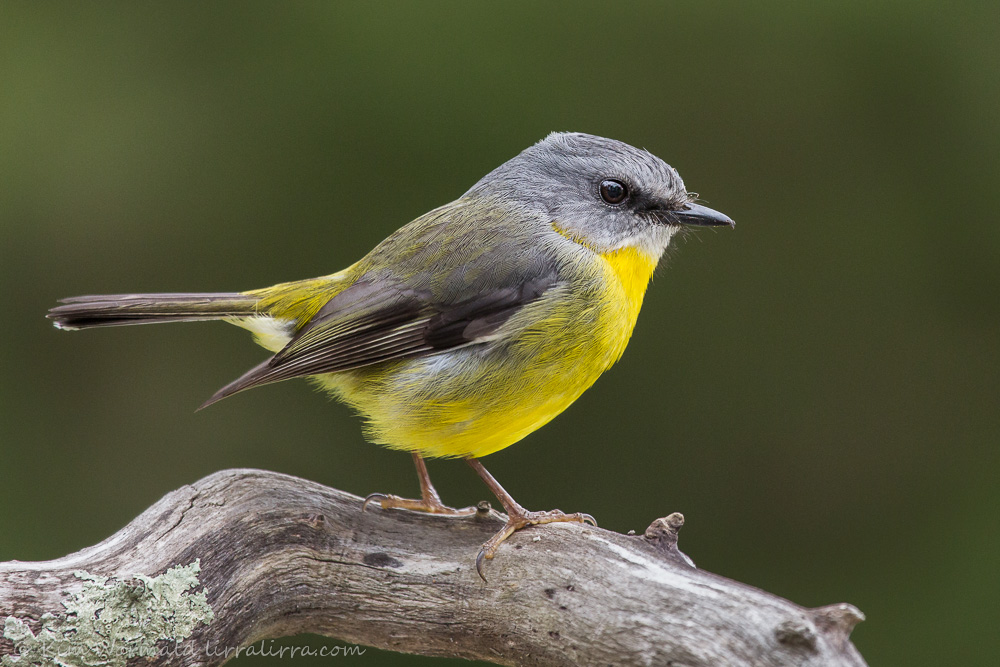
Eastern Yellow Robin – Yellow Robin
This beautiful image has done extremely well, it makes me wish I shared high-resolution images on lirralirra so you could see the details but the page would take forever to load and I’d be concerned about image thieves getting high-res versions.
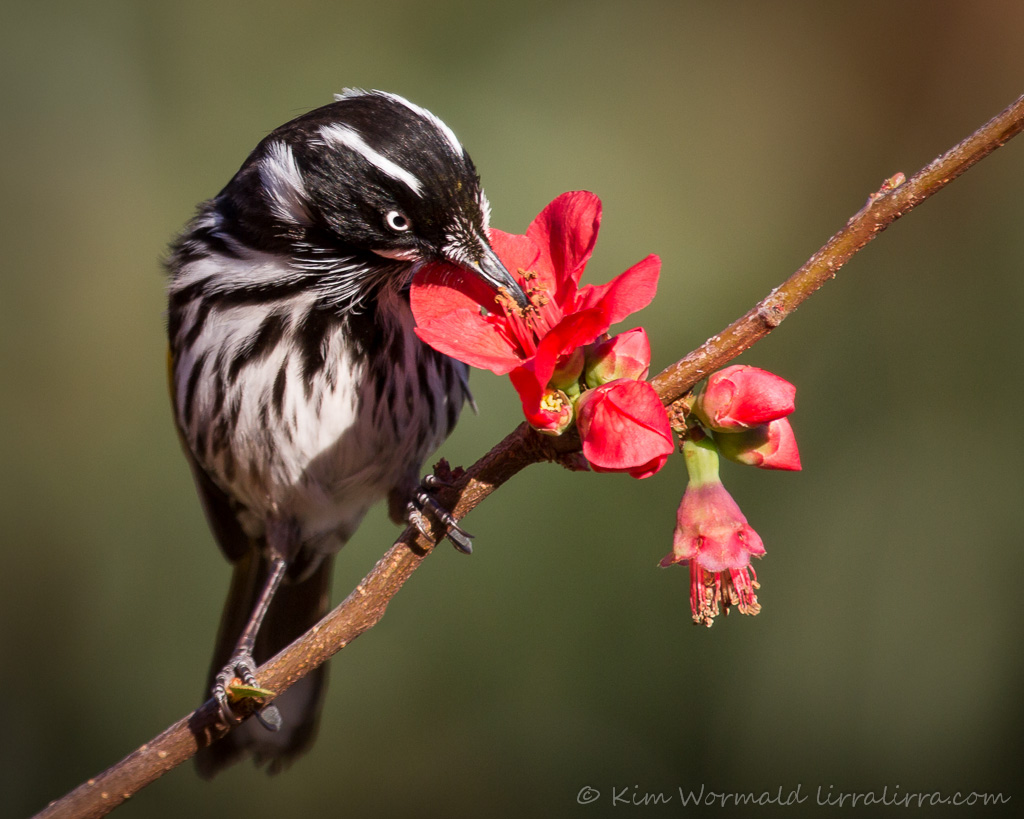
New Holland Honeyeater – Honeyeater Feeding
This post is getting ridiculously long so I’ll cut some of the images and maybe share them in a later post.
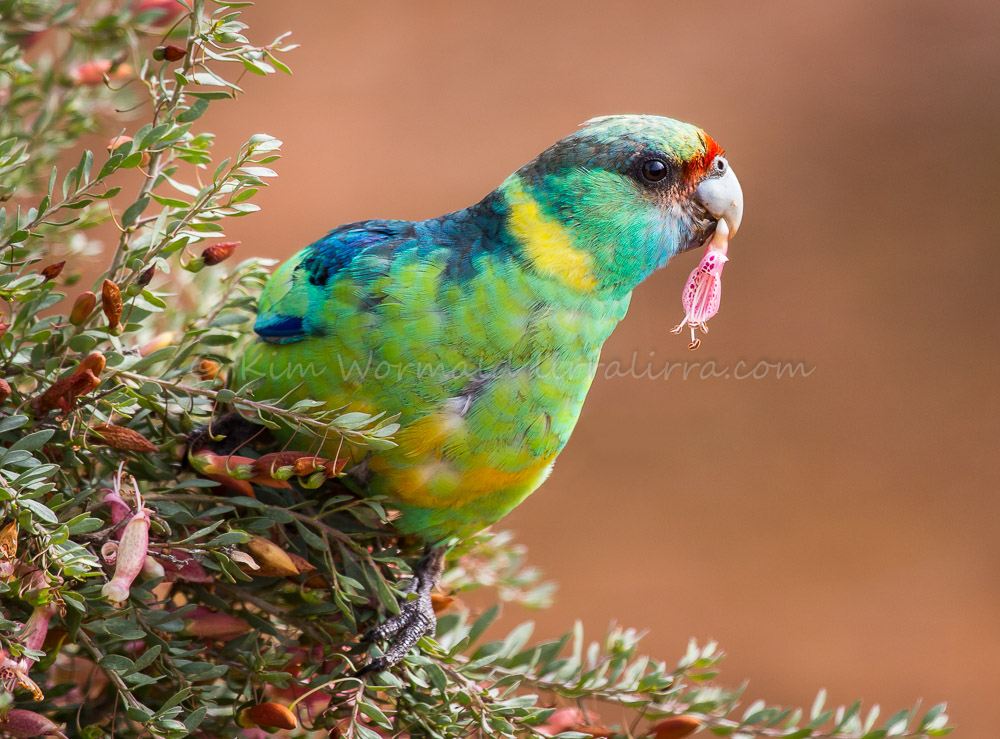
Mallee Ringneck – Mallee Ringneck
One judge bagged the image above while another called it perfect. Of course I have to agree with the second judge! But seriously, both judges are entitled to their opinions and, more pertinently, so am I.
Pacific Gull – Grisly Meal
The gull above was attacking the leatherjacket fish frenetically which seems hard to believe from the image above. There are images in the gallery that have also been successful internationally, including some small bush birds.
Eastern Barn Owl – Barn Owl Profile
My experience with competitions has led me to become one of a small team of photographers working through images in the Birdlife Australia gallery with the aim of creating a Premier Bird Image gallery. I’m sure there will be considerable overlap in the images we select but I’m also sure there will be images that speak to one of us more than to others, and I know I’ve thoroughly enjoyed many shots regardless of whether or not they’ll make it to the premier gallery.
For me it’s not about winning it’s about improving. Over the past two years I’ve fast-tracked my learning and in the process I’ve earned some honours (AFIAP, AAPS, a FIAP Blue Badge and a place in the Who’s Who in Photography). It’s fun to receive awards, most recently from the Queensland International and the Pakenham National, and to know that images of our beautiful birds are being seen around the world. I’ve especially enjoyed seeing the work of other photographers across many genres. So, if you’re curious you might like to visit the FIAP or PSA websites and look for their lists of competitions and check out the galleries from previous years, or even enter something – in which case I wish you good luck!
Before I sign off, just in case anyone is still reading (hi mum) I want to stress that it’s what you think of your image that is most important, by far. I’ve recently been deleting hundreds of images a week from my Lightroom catalogue but I’m choosing to keep some pretty poor images that nevertheless speak to me, and I’ve found others that were on the reject pile which have now become favourites – subjectivity at its best!
Happy birding, Kim
~ Thank you for visiting and commenting
~ If you would like a weekly email letting you know that lirralirra has been updated please use the ‘subscribe’ box above right

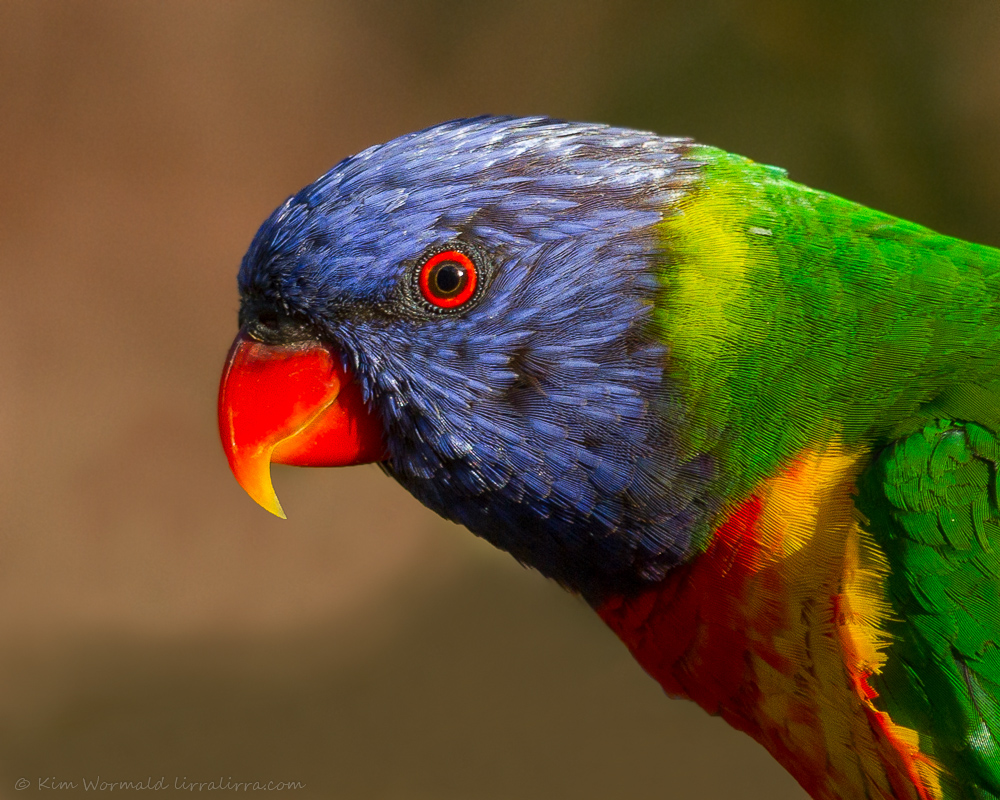

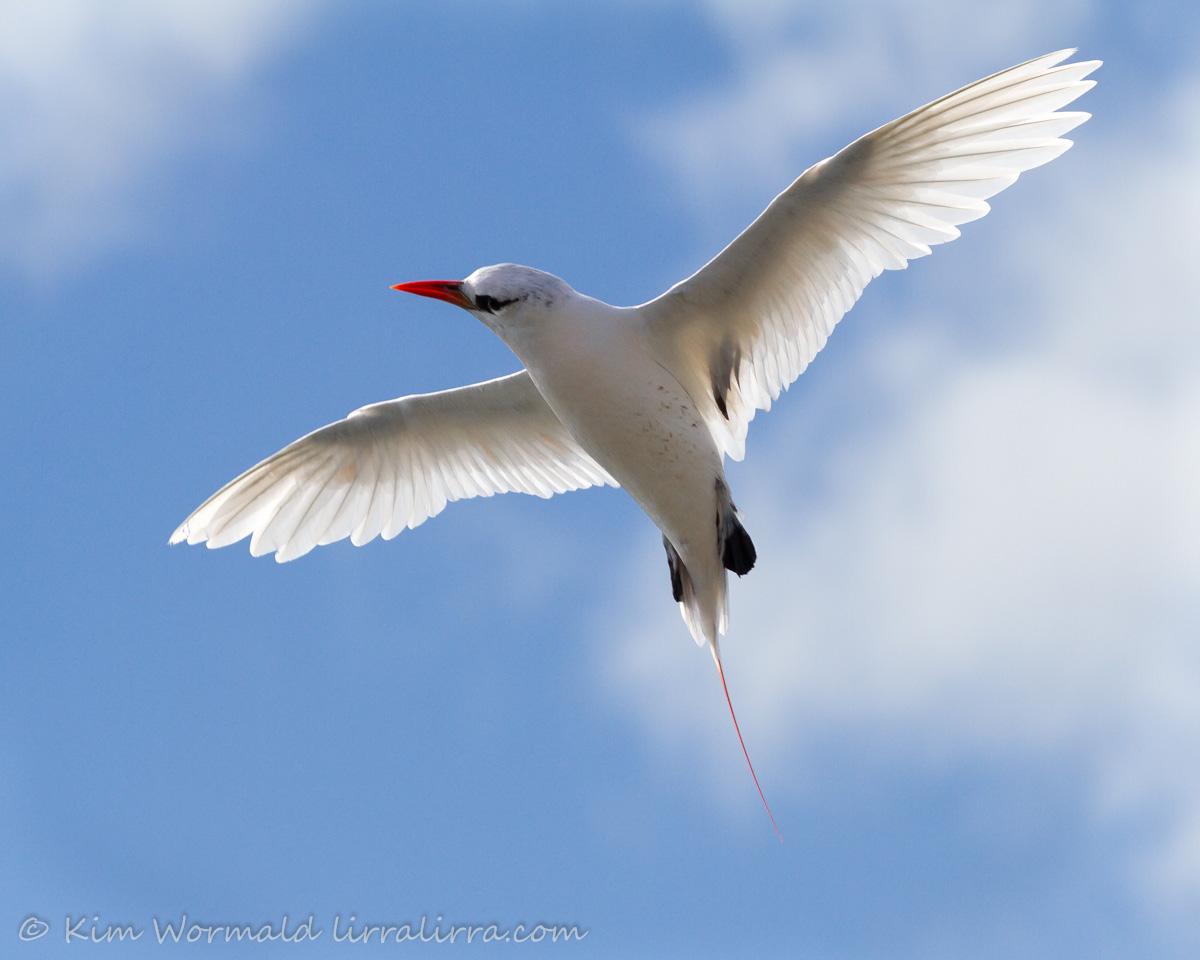
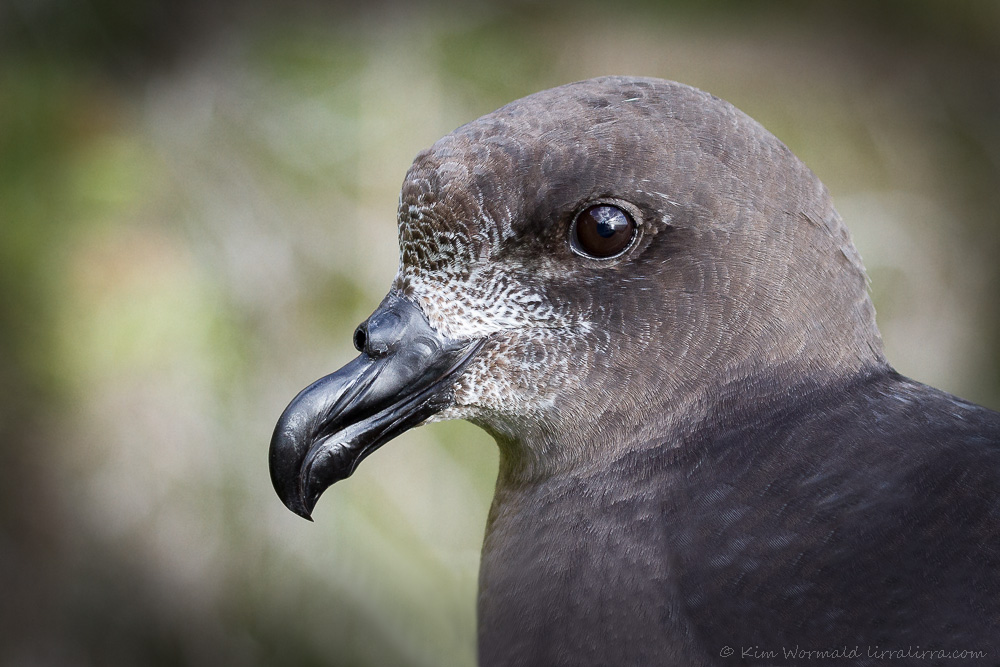
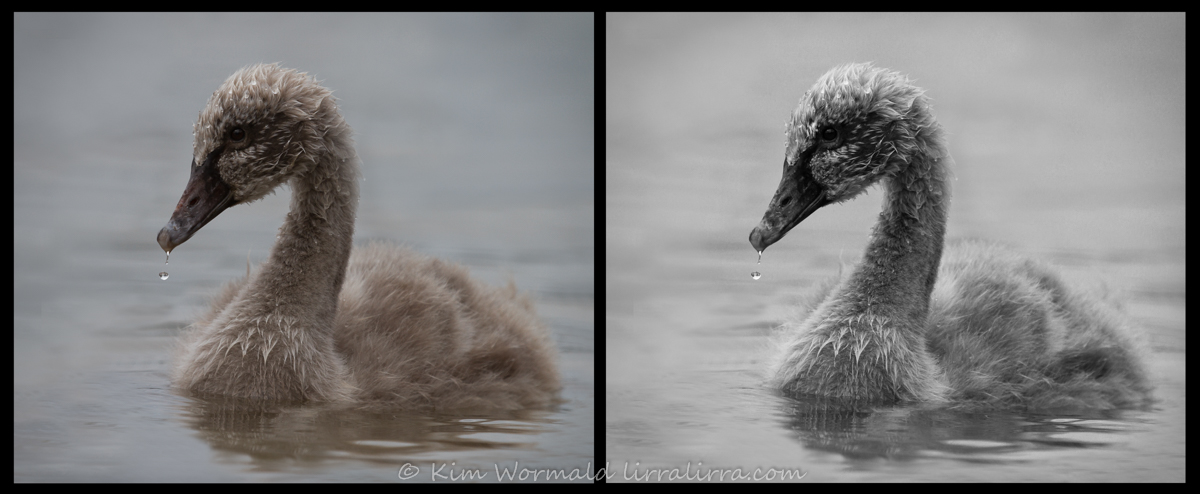

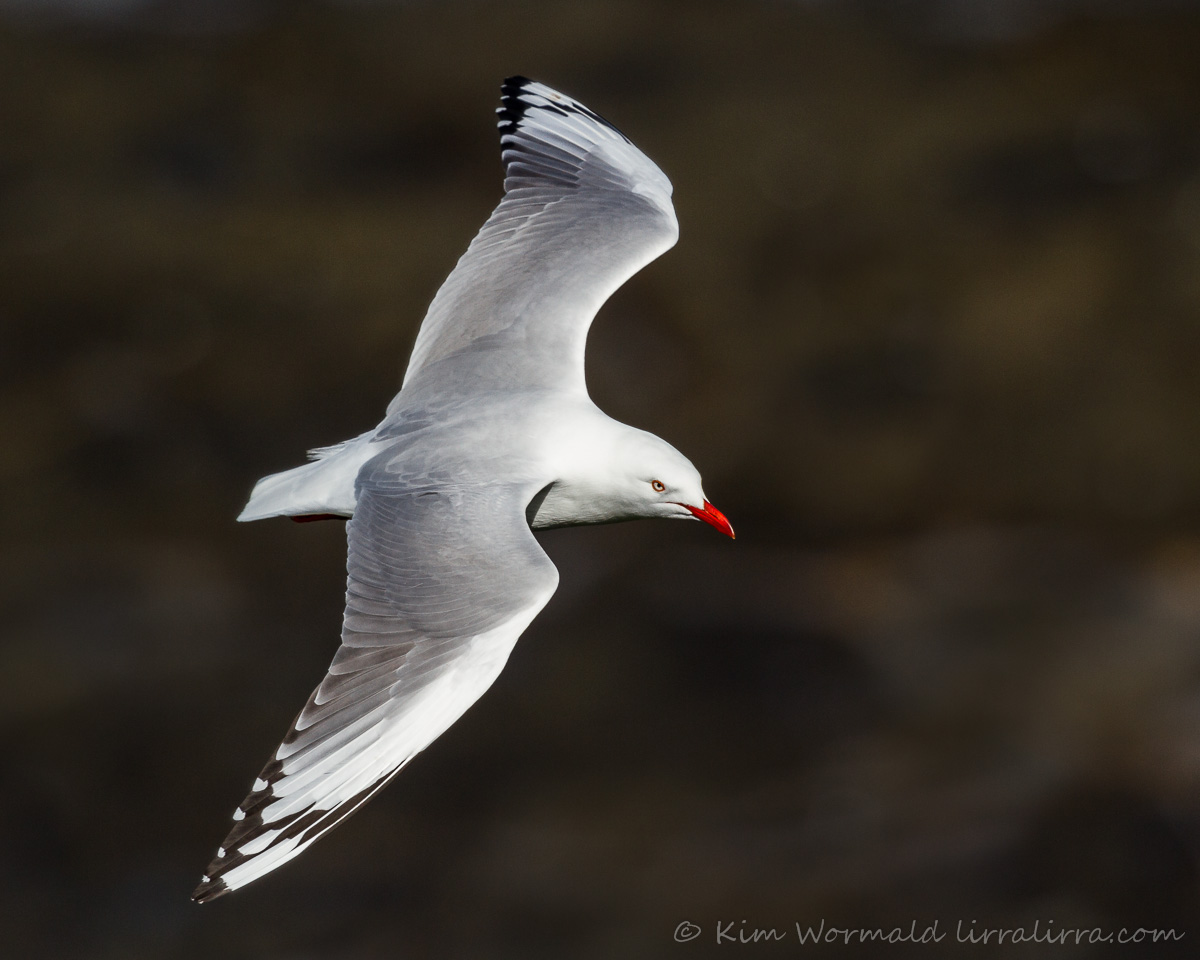
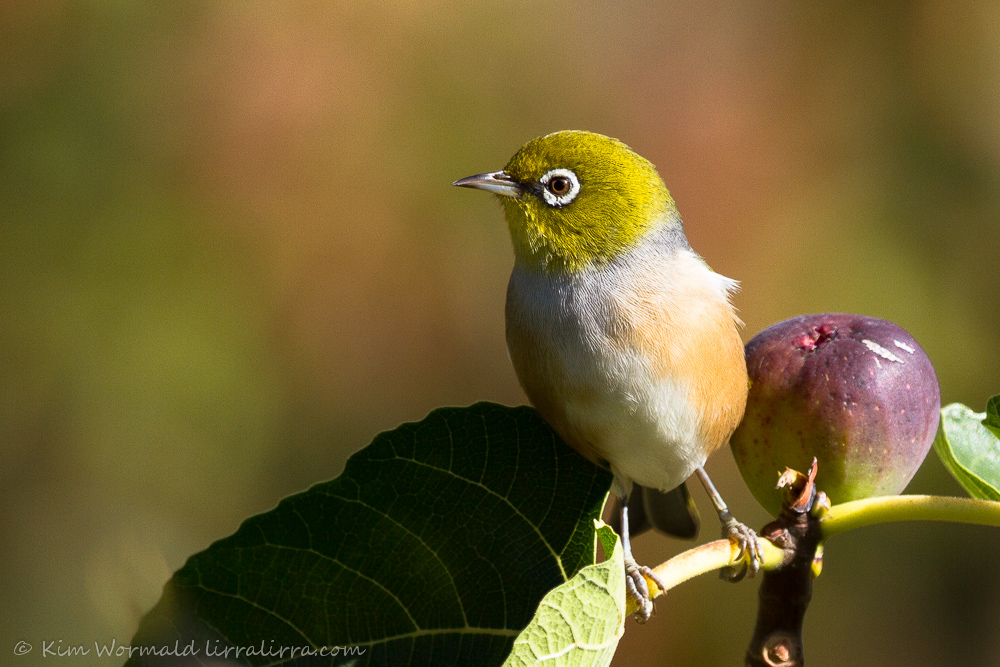
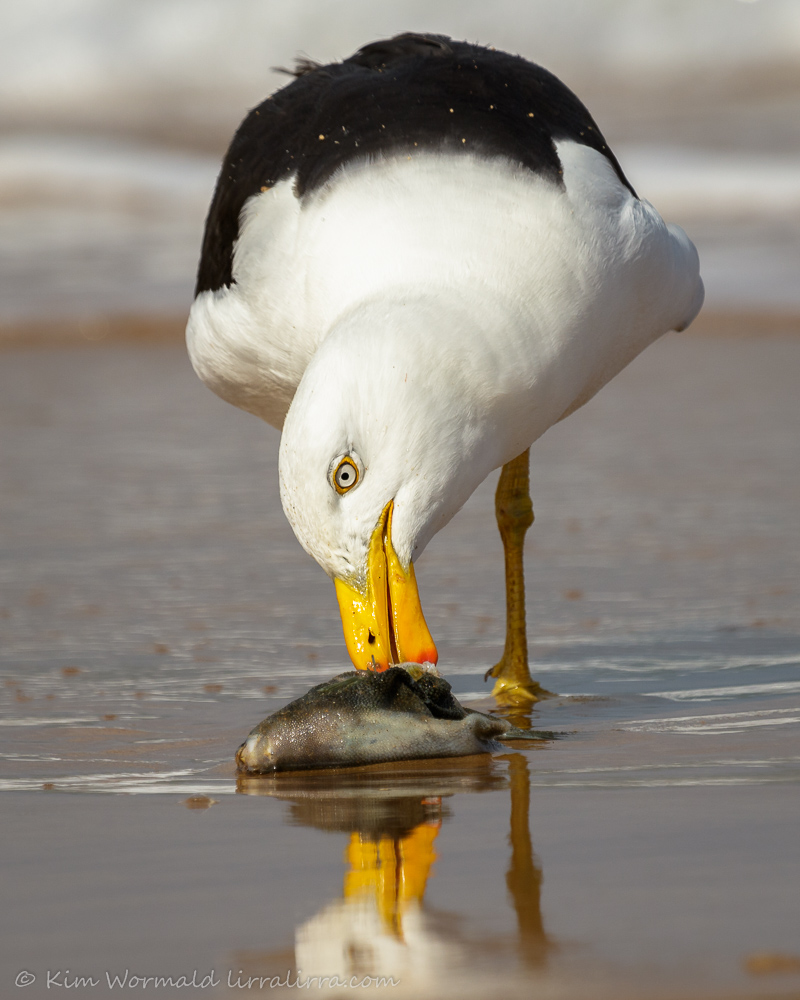
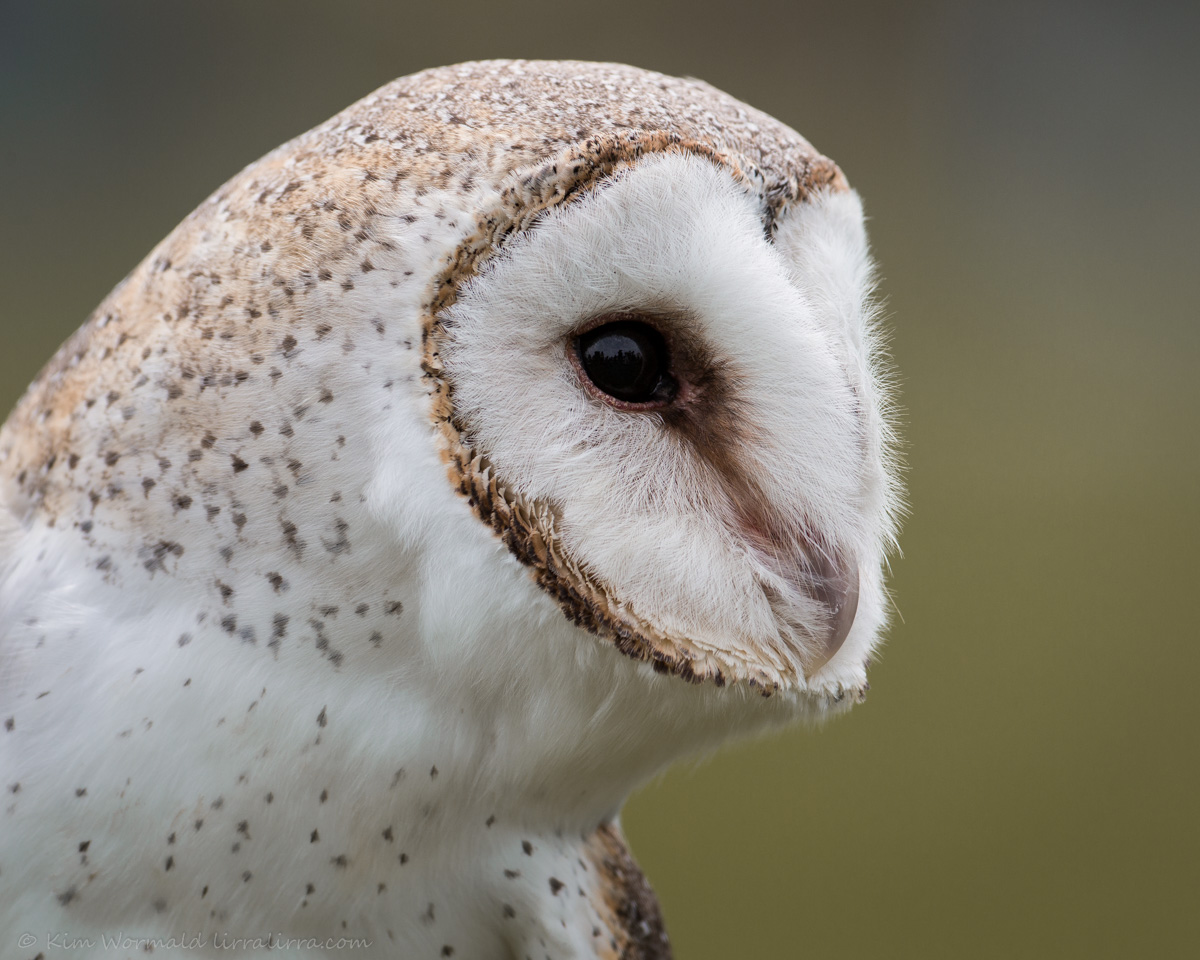

If competitions help you improve then that is what you should do! I do think hearing others opinions on your shots (not just the FB likes) at least help me to see things differently. I have a couple of photog friends that do that very thing but always keep in mind – if you like it that is what counts. I love all of your shots for their detail but I’m one of those emotional types that really enjoy seeing the birds environments and what they do or eat or … I know I have the same problems with some of my wildlife shots, torn between the close up detail shot and the environment – often trying my best to do both!
Wouldn’t it be great if wildlife would stay still enough to be able to compose a shot with the subject in the foreground and an expanse of in focus landscape behind, having said that, I do love working with a wide open aperture to blur the background and make the bird stand out – everything about photography is a compromise and an opportunity to learn – no wonder we are addicted!
from mum …. who read and reread this blog entry. It is easy to see why these images won awards and I found your discussion of your reasons for entering the competitions inspirational. It bolstered my resolve to improve. Thanks.
I’m grateful to your mum for her kind comment Dave and I wish her every success with her photography.
Such a great post, so many beauties! I have a weakness for the New Holland Honeyeaters and Celestial has always been one of my favourites
I was lucky to get the image of the New Holland Honeyeater feeding towards me, especially as they only dip their bills for a split second in each blossom. I find Celestial very restful to look at, I’m glad you like it too.
What an amazing selection of your photography. No wonder you are receiving so many awards. I love the silver gulls – it reminds me of a tessellation – it is superb. Maybe the critic of competitions has been outclassed by amateurs??
I think you must have a mathematical mind to think of a tessellation
I am relatively new to the judging side of photography however I can understand your frustration with both the apparent stupidity in classification and associated restrictions, also with the interpretations of the judges. Thankfully we are all different and see each image with our own interpretation I have enjoyed viewing your images and am quite envious of your results. I think these images are just crackerjack!
You’ve made me curious as to whether you have started entering competitions or started judging them – I wish you well either way. I haven’t heard the expression ‘crackerjack’ for a long time and it’s brought a big smile to my face, thank you.
Stunning pictures Kim, particularly the Mallee ringneck
So pleased to hear you like the Mallee Ringneck too
Hi Kim. Thanks for an awesome post. As a fellow Premier Gallery judge I agree totally about how rewarding the experience is and also, it does help me improve my own photography by understanding what it is that makes me like some images and not others. Also, there are sometimes images that are not technically perfect but have that ‘je ne sais quoi’ quality that just makes you love them. It IS so subjective, like you say. One of my friend photographers absolutely HATED one of my images and ironically, it was that same image that won an award so it just goes to show… (thank god he wasn’t one of the judges – he he).
You have inspired me to try and enter more competitions. So far I have just pfaffed around with ANZANG but it occurs to me, after reading your blog, that it would help to try enter some more comps and see what people do and don’t like. It gets hard to be objective with your own images after a while when you look at them day in and day out. Keep up with your amazing and inspirational work.
ps – btw, who was the photographer who gave that talk to you?
Your hated/awarded image clearly provokes an intense reaction which is what we hope for I guess: I’m sure I’d think it was awesome. I can’t remember the name of the speaker even though it wasn’t long ago that I heard him speak. It’s interesting how many photographers are definitive about what we should and shouldn’t do when it is such an individual pursuit. Have you had any ANZANG successes? Good luck with your competition entries, I think I’ve just done myself out of some awards
Hey Kim. These images are just amazing, and you share so much awesome advice.
Thankyou.
Evie.
I’m glad you like the images Evie, holler if you have any questions I might be able to help with.
hi Kim
I am just a beginner and you are such an inspiration
a technical question… is it sharpening that sometimes makes a birds feathers look like steel wire or is it just the super fine detail of the camera and lens combined…I am wondering how to get the detail and still preserve the softness of a feather or feathers… e.g the Splendid looks harder than the others… hope you don’t mind my query I am starting out and just trying to find out how to do it?
I am very impressed with your work
Hi Phil, I think you’re meaning the Superb Fairy-wren and looking at the image I posted I’ve realised it’s not the version I use for competitions. It looks a bit over-processed which is a major sin, I think it was sharpened further during export which it didn’t need. I’m tempted to swap it for the proper version but then your comment won’t make so much sense. Sometimes the way light falls on the feathers makes them look wiry, and adding too much contrast/clarity can do the same thing. I prefer to under, rather than over, process. I definitely don’t mind the query!
My day is brightened when I open my iPad and I see a new post from you . The images you capture are amazing . You should publish them as high quality prints for framing . I’d be a certain customer
Hi Paul, and you’ve brightened my day too. I’d be interested to know which image/s you think would look best as high quality prints.
Hi Kim, sounds like you are having a doubtful day. Want to emphasise to you the tremendous pleasure you give to us all through your photography plus technical information to those wanting the camera specifics.
As your readers attest your images are beautiful and bring a weekly dose of joy seeing the diversity of Australia’s avian fauna.
Warm regards
Thank you for your lovely comment Alison, it’s heart-warming to read your words and to know you look forward to a ‘weekly dose of joy’ – such a poetic phrase and much appreciated.
Oh Kim.
Thank you.
I was feeling frazzled and overwhelmed and could feel my blood pressure drop as I scanned back and forth through these images.
Heart-healing magic.
EC I do hope you write a book, your openness and insight is inspiring; I’m glad the images were therapeutic and without unwanted side-effects!
Beautiful Pictures. I especially love the detail in the feathers. the one of the group of silver gulls took my breadth away.Thanks for sharing. Tom
Thank you Thomas, you’ve made me think I should try the gulls in another competition.
I love the silver gull flock and don’t remember seeing it before. How could anyone bag the mallee ringneck, that’s ridiculous! It’s beautiful.
I nominate you as a judge!